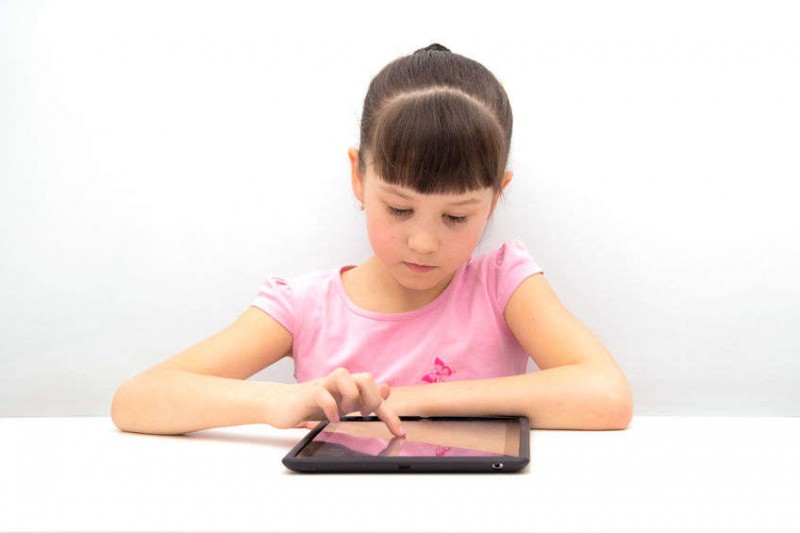Is too much screen time harming your child’s eyesight?
Children spend a lot of time looking at screens and less time playing outdoors. This has many parents worried about the potential harm to their eyesight. Ophthalmologists have been seeing a greater number of children coming in with dry eyes and eye strain complaints resulting from increased screen time. In fact, there is a global increase in cases of myopia or nearsightedness in children, teenagers and adults.
So, are near-visual activities such as an increased use of digital devices causing this epidemic? And is digital eye strain causing lasting damage? To answer these questions, a new study offers further evidence that some of the nearsightedness relates to near-visual activities like reading books and not only due to digital screen use.
A nationwide population-based study examined data from 1958 children aged seven to 12 years from the Taiwan 2009 National Health Interview Survey. The data was examined over a four-year follow-up period.
The results show that near-visual activities — due to cram school attendance which requires intensive study, or less time outdoors, increases the children’s risk of myopia.
Three types of near-visual activities — reading, use of computer, internet and games as well as cram school attendance — were examined in light of their association with incident myopia. Overall, 26.8 per cent of children had myopia at baseline and 27.7 per cent of those without myopia at baseline developed incident myopia between 2010 and 2013. On average, the children spent 0.68-0.86 hours per day on a computer/using the internet, 0.63-0.67 hours per day on reading and 2.78-3.53 hours per day attending cram school. The results showed that children attending cram schools had a higher risk of incident myopia.
The results show that near-visual activities — due to cram school attendance which requires intensive study, or less time outdoors, increases the children’s risk of myopia.
Scientists advocate that more time spent outside reduces the progression of nearsightedness as it gives children a break from eye strain. While there is no doubt that spending time on digital screens causes eye strain in both adults and children, as it is a near-visual activity, it does not mean there is a need for prescription glasses or reading glasses. It also doesn’t mean the blue light from screens is damaging your children’s eyesight.
The symptoms experienced — dry eyes, eye strain, headaches and blurry vision — are typically temporary, although they can be frequent and persistent. This means that your kids need frequent breaks because they don’t blink often enough while using computers and other digital devices. They also need breaks from extended reading and intensive near-work activities. That is why ophthalmologists recommend a 20-second break every 20 minutes from near-sight activities to help protect your children’s eyes from eye strain.
Source: Ophthalmology








